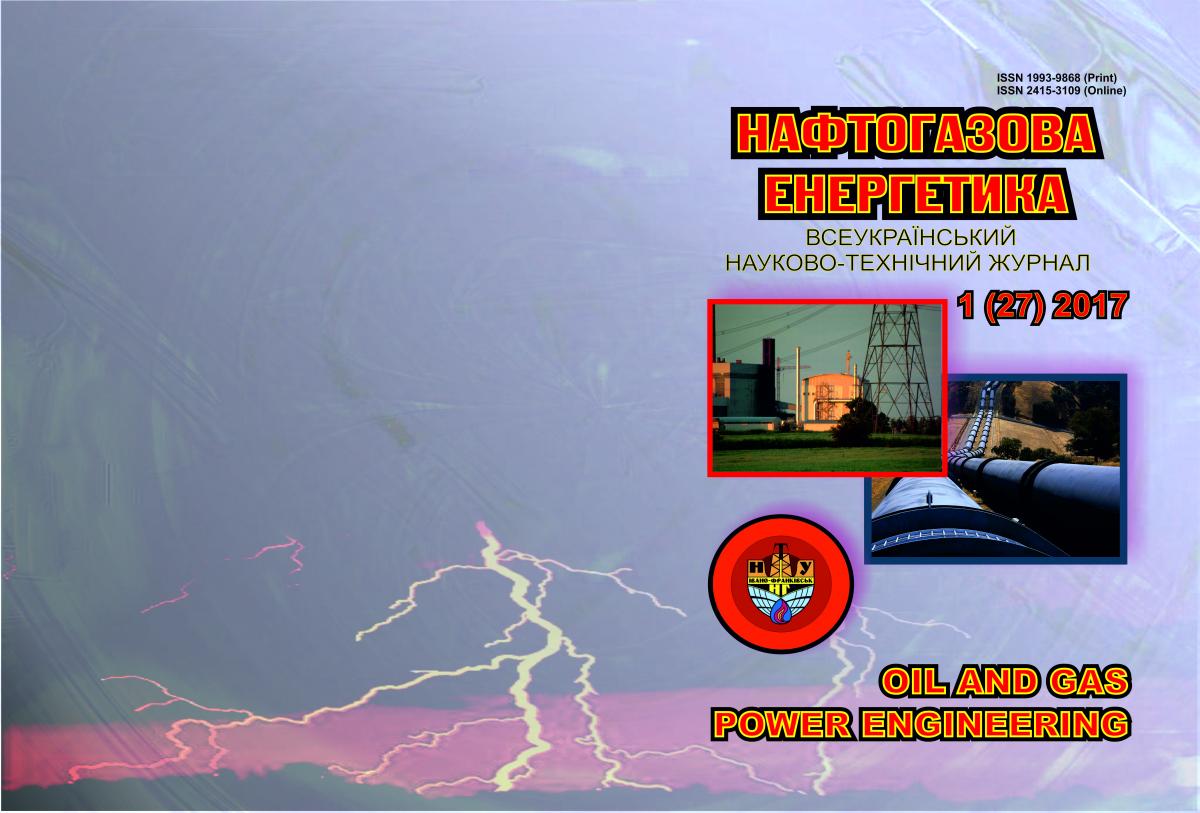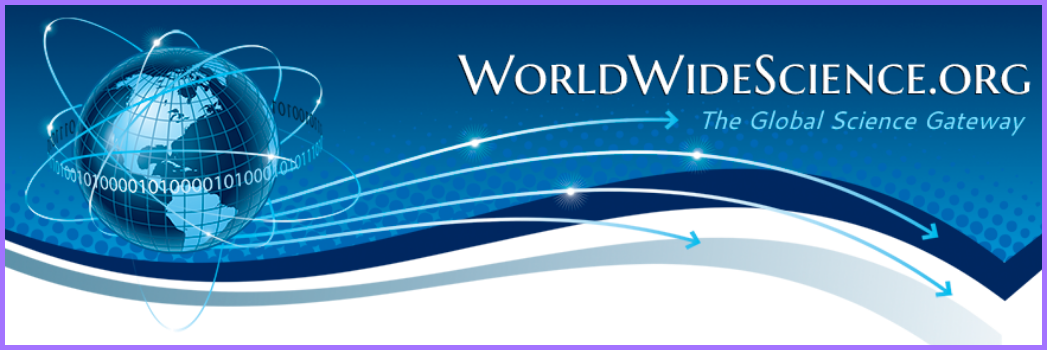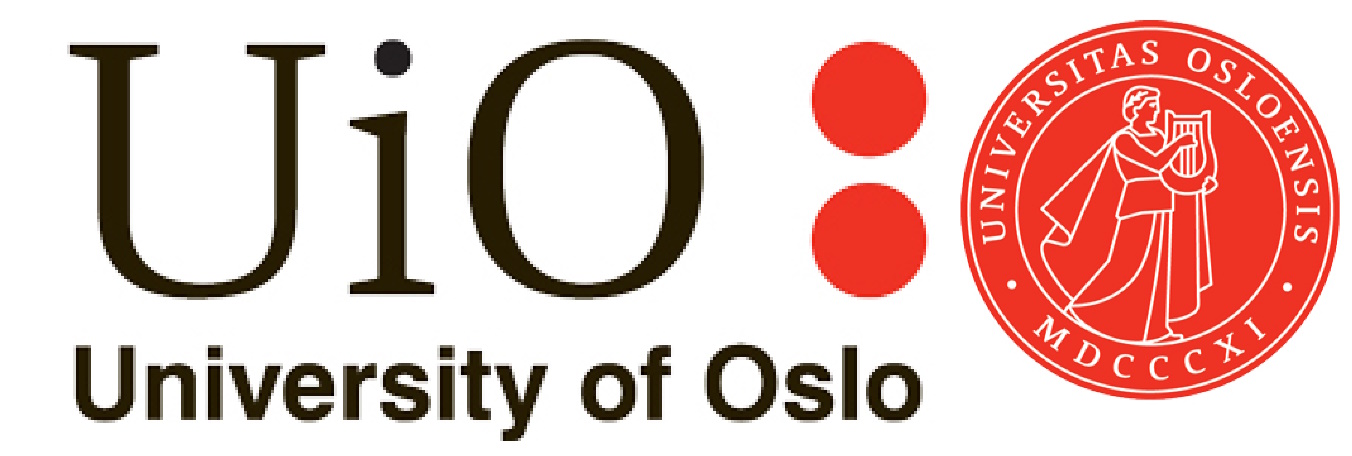THE IMPROVEMENT OF THE PULSE-ECHO TECHNIQUE FOR CONTROLLING THE THICKNESS OF PRODUCTS AND MATERIALS
Keywords:
pulse-echo technique, thickness control, ultrasound, guided waves, structuresAbstract
An approach to the increasing of the thickness control precision by means of the pulse-echo technique is presented. Types of errors that occur in the existing pulse-echo technique of control are described. Their causes are defined. It is shown how to reduce the errors under time delay of the ultrasonic beam expansion from the primary transducer to the monitor object. The method of calculating the propagation time of the ultrasonic beam between the first and second pulse-echo while controlling the thickness is proposed. The mathematical calculation of wave parameters of the guided ultrasonic waves is described. This made it possible to offer a method for determining the propagation speed of ultrasound in the real object of control. The proposed method is based on measuring the test object wave number of a zero antisymmetric mode of the guided ultrasonic wave and the subsequent determination of parameters of ultrasound propagation.
Downloads
References
2 Cheng-Hung Yeh. Characterization of mechanical and geometrical properties of a tube with axial and circumferential guided waves /Cheng-Hung Yeh, Che-Hua Yang // Ultrasonics, 2011. – Volume 51. – Issue 4. – P. 472-479. – ISSN 0041-624X.
3 Lu, Xiaolong, et al. A new topological structure for the Langevin-type ultrasonic transducer / Lu, Xiaolong, et al. // Ultrasonics. –2017. – 75. – P. 1-8.
4 Fong K. L. J. A study of curvature effects on guided elastic waves / K. L. J. Fong // PhD Thesis. Imperial College London, 2005. – 209 р.
5 Packo. Local numerical modelling of ultrasonic guided waves in linear and nonlinear media / Packo, P., Radecki, R., Kijanka, P., Staszewski, W. J., Uhl, T., & Leamy, M. J. //SPIE Smart Structures and Materials+Nondestructive Evaluation and Health Monitoring. International Society for Optics and Photonics, 2017. – P. 1017023-1017023.
6 Lowe M.J. S. Matrix techniques for modeling ultrasonic waves in multilayered media /M.J.S. Lowe // IEEE Trans. Ultrason. Ferroelec. Fr. Contr. – 1995. – 42. – (4). – P. 525-542.
7 Kudryavtsev, Y., et al. Ultrasonic technique and device for residual stress measurement /Kudryavtsev, Y., et al. // X International Congress and Exposition on Experimental and Applied Mechanics. Costa Mesa, California USA. 2004.
8 Gavrić L. J. Computation of propagative waves in free rail using a finite element technique /L. J. Gavrić // Sound and Vib. – 1995. – No 185(3). – Р. 531 - 543. – ISSN 0022-460X.
9 Wilcox P. Dispersion and excitability of guided acoustic waves in isotropic beams with arbitrary cross section / P. Wilcox, M. Evans,O. Diligent, M. Lowe, P. Cawley // Review of Progress in Quantitative Nondestructive Evaluation – 2002. – Vol. 21. – P. 203 - 210. – ISSN 0003- 6951.
10 Викторов И. А. Физические основы применения ультразвуковых волн Рэлея и Лэмба в технике. – М.: Наука, 1966. – 168 с.
11 Лютак І. З. Математична модель поширення спрямованих ультразвукових хвиль в трубопроводі зварним з'єднанням / І. З. Лютак,А. О. Бедзір, З. П. Лютак, А. А. Мандра //Методи та прилади контролю якості. – 2012. – № 28. – С. 27 - 32. – ISSN 1993-9981.
12 Rose J. L. Ultrasonic Waves in Solid Media // Cambridge University Press. – 1999. – 476 р.


.png)






1.png)









